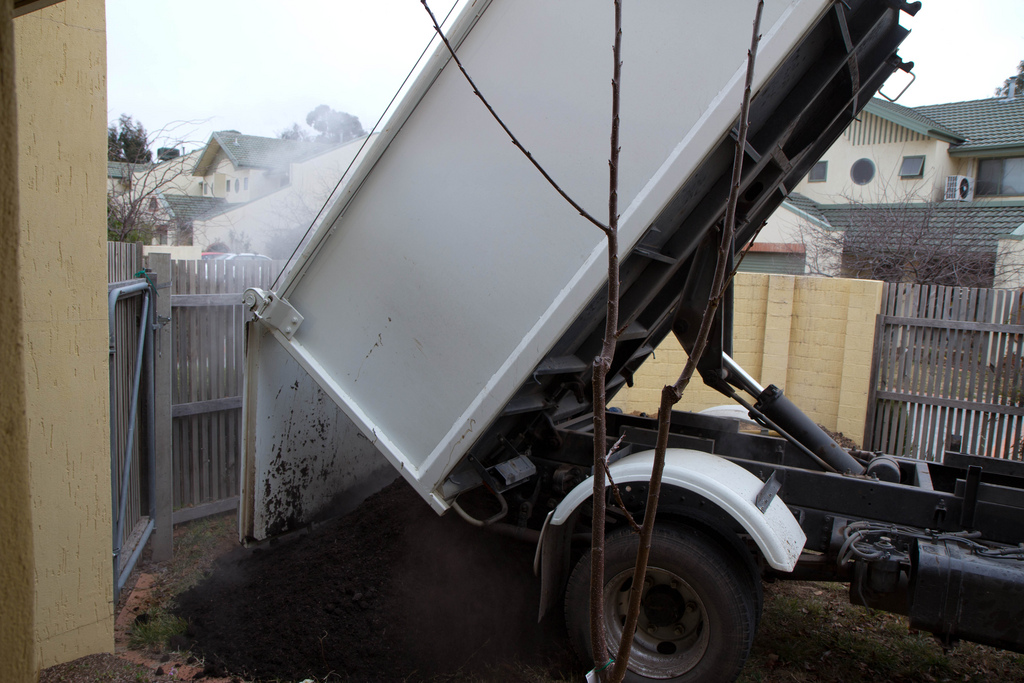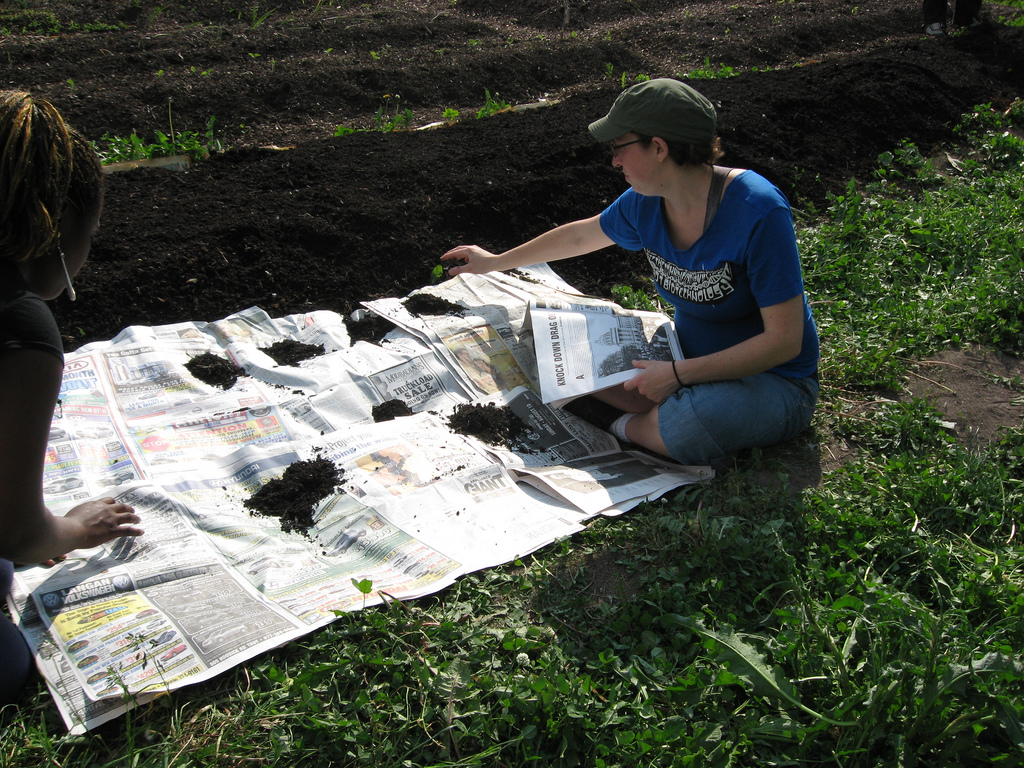New to gardening? Know that it is best to prepare your soil first before you begin planting. Soil preparation is a form of optimising soil for healthier crops or plants later on.
From knowing about topsoil and what it’s used for to knowing how to prepare soil for planting, these topics are essential for the longevity of your plants. After all, it would be a waste if the plants were not to grow in the best possible way due to bad soil.
In this article, we will be guiding you through what you need to know, as well as the steps on how to do it.
There are numerous ways to go about soil preparation; however, these two are among the most common. These two methods work regardless of which of the many types of soil you are working with.
The first method is the most common way gardeners prepare their soil. The second method is what is called “Lasagna Gardening.” Both methods are viable ways to prepare your soil for planting.

Soil preparation is important. Thus, let us prepare the materials we will be using. For this method, you will need:

Remove large rocks, stones, building rubble, etc as you turn the garden soil.

Compost improves soil structure; thus, learning about home composting will serve your garden very well. When you’ve made your compost, dig lots of it into your garden soil. The more, the better.
Work hard on this part. This may be the most essential step for increasing the quality of your garden soil’s longevity. Add in at least 30 cm of compost into the soil and then use your rake to mix it in.
If you’re short on compost you can contact your local topsoil supplier and ask them about enriched topsoil. This is a premium mix of screened topsoil and compost, and can make a great substitute.

Now, sprinkle in generous handfuls of organic fertiliser — estimating about a handful per m².

Grab the superphosphate or bone meal and work that into the garden soil as well. However, it should be a bit lesser compared to the amount of the organic fertiliser you added before. This substance enhances the development of the roots.

For the final step, use your rake or your hands to mix up the whole area of garden soil in which you are going to be planting.

After mixing the soil, even out the surface with your rake or hands and you should be good to go!
If you want to know how to prepare soil for planting without tilling or digging, then the lasagna gardening method is for you! It is a form of organic gardening also known as “sheet composting.”
If you are an environmentalist, this method of soil preparation should suit your taste because it is excellent for the environment. There are no herbicides or other chemical solvents being used in the entire process.
Though fall/autumn is the recommended season, you may start this method at any time of the year, even in winter! Fall is only recommended because the random garden waste and fallen leaves available can help add nutrients to the soil.
To begin, collect the materials needed:

Also, if you have existing weeds or sod on your garden, you can leave them be. The newspaper or the brown corrugated cardboard will take care of that problem. This is another great benefit of this method.

Lay your garden tarpaulin flat next to the area where you're going to turn the soil. Create an open plot in your garden by removing the top six inches of soil with your shovel and placing it on the tarpaulin.

Using the newspaper pages, place about three layers of paper in the plot. Use the garden hose to gently wet the newspapers until they're damp. However, be careful not to make them soggy.

Open your bale of peat moss, which will expand after you open the packaging. Lay down a layer about one inch thick on top of the newspapers. You may replace peat moss with coir should you prefer.

With your shovel, scoop up the rotting eggshells and coffee grounds and spread a thin layer of this kitchen waste over the bale or peat moss. Creating a compost heap in the corner of your yard makes an excellent layer for your garden lasagna.

Dump the basket of leaves or grass clippings on top of the kitchen waste and spread them evenly over the garden plot.

Use your shovel to scoop the soil off the tarpaulin and place that on top of the leaves, making sure to spread it evenly. Gently water the top layer until it's wet. As with the newspapers, do not drench the soil. The results should not be muddy.

You can plant flowers or vegetables right away in your garden plot or let the organic materials cook in the sun for several weeks to enrich the soil.
Whether you choose to go with the first method or lasagna gardening, following these steps will lead you to success. Soil preparation is a form of advanced care for your plants. Creating the best possible environment for them gives them a better chance to grow and flourish.
You can give yourself that same amount of care by ensuring you use the right tools and have the best type of topsoil for your home and garden. For all your garden and soil needs, contact Grabco and find out about all the different products and services they offer.